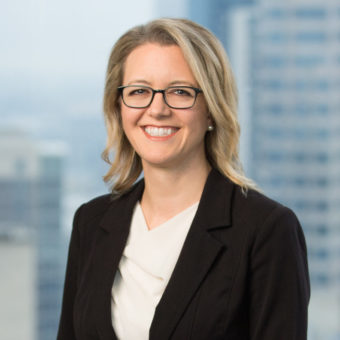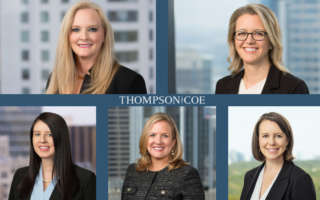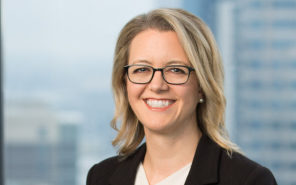Supreme Court Reaffirms and Clarifies Ministerial Exception to Employment Discrimination Laws Under First Amendment’s Religion Clause
By Stephanie S. Rojo • Jul 10, 2020
On July 8, 2020, the U.S. Supreme Court reaffirmed and clarified its position on the “ministerial exception” to employment discrimination laws in the context of religious institutions and their hiring and firing decisions. In Our Lady of Guadalupe School v. Morrissey-Berru, the Supreme Court was faced with the appeals of two separate lawsuits addressing the termination of two teachers at different schools within the Archdiocese of Los Angeles. In both suits, the teachers had limited religious education, had no formal religious titles while employed by the schools in the Diocese, and both were deemed to be “lay teachers.” When the schools at which they were employed declined to renew their contracts for the start of the next academic year, the teachers sued under federal civil rights laws aimed at protecting against discrimination in the workplace. More specifically, Morrissey-Berru claimed she was demoted and then her contract not renewed so that the school could replace her with a younger teacher. Biel contended she was terminated because she had requested a leave of absence to undergo treatment for breast cancer. The schools maintained that the terminations were conducted for performance reasons and also argued that the claimants’ causes of action were barred by the ministerial exception.
In both suits, the schools initially prevailed under the ministerial exception, which was affirmed and adopted by the Supreme Court in 2012 in Hosanna-Tabor Evangelical Lutheran Church and School v. EEOC. In Hosanna-Tabor, the Court was faced with an elementary school teacher with significant religious training, a formal title of “minister,” and a teacher who held herself out to the public as a religious leader, and it went on to establish certain criteria that should be considered for the ministerial exception to apply. Here, relying on Hosanna-Tabor, the Ninth Circuit reversed the lower courts’ decisions. Although the teachers were charged in their employment agreements with carrying out the schools’ mission to develop and promote a Catholic School faith community, with carrying out religious instruction, and with personal modeling of the faith, the Ninth Circuit found that the teachers lacked the credentials, training, and ministerial background that would qualify them for the ministerial exemption under Hosanna-Tabor.
The Supreme Court reversed the Ninth Circuit, finding that while the analyses in Hosanna-Tabor centered around that teacher’s academic qualifications and formal job titles, it was not the Court’s intent to limit the exception to such criteria. Instead, “we called on courts to take all relevant circumstances into account and to determine whether each particular position implicated the fundamental purpose of the exception.” In reviewing the two current cases, the Court determined that these two individuals were hired and approved to teach at their respective schools on the basis of the schools’ fundamental religious values and tenets, that the two teachers led the students in worship and were required to teach them the basic tenets of the Catholic faith, and their performance was routinely evaluated and reviewed on the basis of the schools’ well-documented religious principles. Ultimately, it was not religious titles or academic credentials that informed the decision, rather the scope of work and the overarching religious instruction ingrained in the day-to-day affairs of even lay teachers.
In yesterday’s 7-2 ruling, the Supreme Court made clear the ministerial exception is not to be read so narrowly. Rather, “[w]hen a school with a religious mission entrusts a teacher with the responsibility of educating and forming students in the faith, judicial intervention into disputes between the school and the teacher threatens the school’s independence in a way that the First Amendment does not allow.” Undeniably, this opinion will have far reaching implications, with its basic tenet applied to religious employers in general, not just religious academic institutions. However, don’t expect this to be the last word; if litigation teaches us anything, it’s that attempts to distinguish and narrow the Supreme Court’s ruling will abound.








